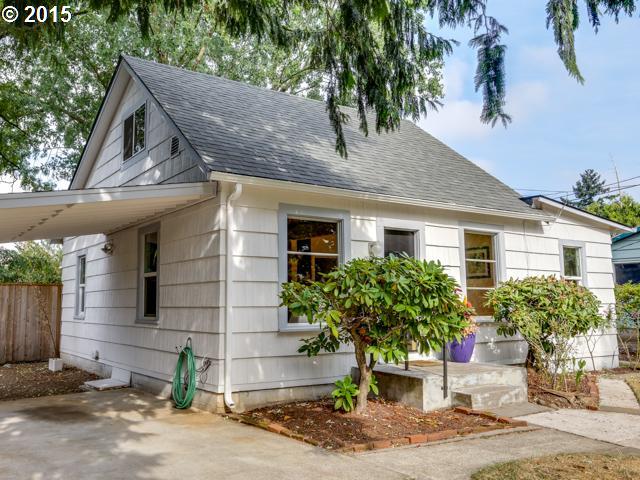Portland and SW Washington saw fantastic real estate growth last year, and the RMLS 2015 Market Action Report has the data to back it up! With inventory at an all-time low, sales prices continued to jump from 2014, while homes spent less time on the market.
2016 is champing at the bit to continue this trend. If you’re even remotely thinking of selling, I would love to discuss how this hot market could fit nicely into your plans.
To learn more about last year’s market trends, read on. If you’re not into the numbers or if you’d like my professional opinion on anything, please don’t hesitate to reach out. I’m always available to take the very best care of you and anyone you refer me to!
SW Washington
End-of-Year Summary
Across the board, activity in 2015 ended ahead of 2014. Pending sales (8,780) rose 21.0%, closed sales (8,391) rose 19.4%, and new listings (10,625) rose 9.3%.
Average and median sales prices
Comparing the entirety of 2015 to 2014, the average sale price increased 8.6% from $274,700 to $298,300. In the same comparison, the median sale price rose 8.6% from $244,000 to $265,000.
PDX Metro
End-of-Year Summary
Portland metro activity in 2015 ended higher than 2014 in all measures. Pending sales (34,568) rose 22.5%, closed sales (33,307) rose 20.0%, and new listings (40,815) rose 8.4% for the year.
Average and median sales prices
Prices were higher in 2015 compared to 2014. Comparing each year, the average sale price rose 6.5% from $333,000 to $354,500. In the same comparison, the median sale price rose 7.9% from $285,500 to $308,000.
All statistics, graphs and verbiage provided courtesy of RMLS December 2015 Market Action Report.


